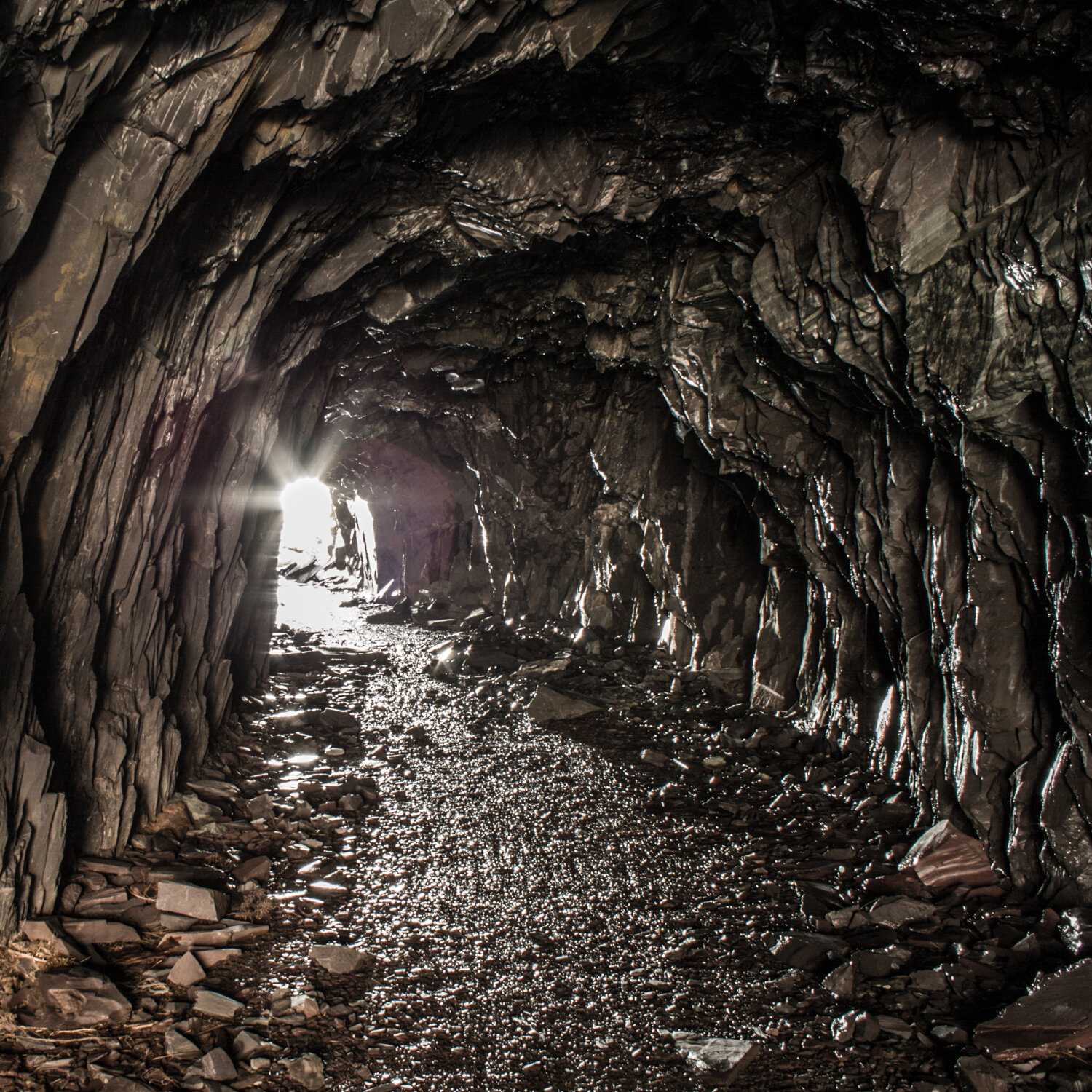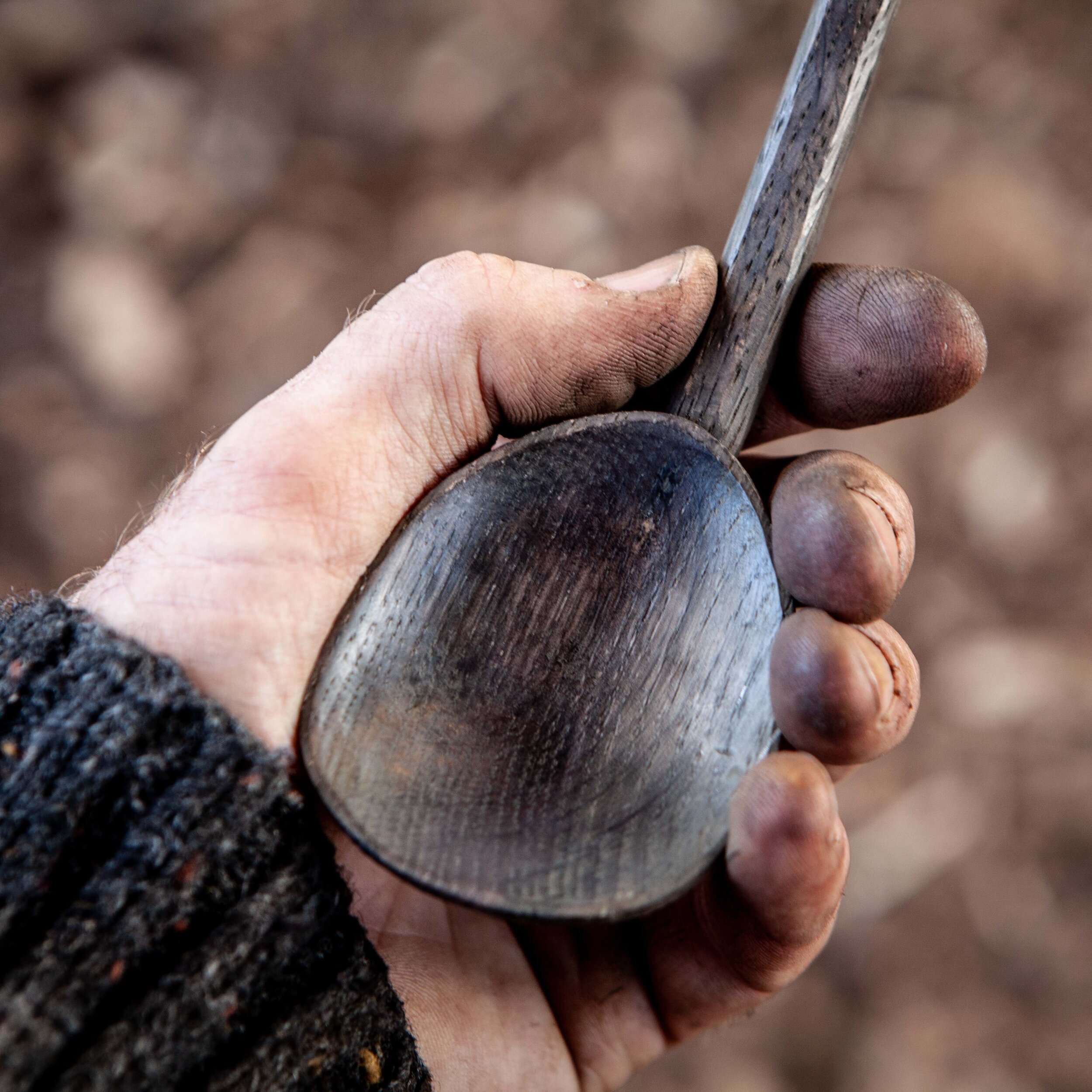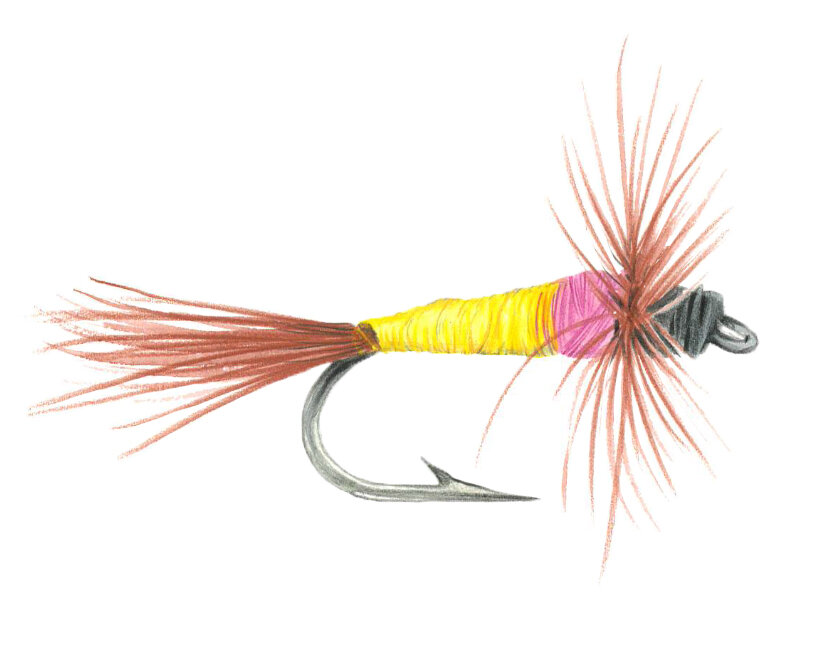There are around 70 whistled languages worldwide, all based on spoken tongues and created to communicate across remote terrain. Each one is formed through changes in pitch, either following a tonal structure (where whistles, or syllables, follow the melody of the parent language), or non-tonal (where whistles mimic changes in vowel resonance, while the jump and slide of notes indicate the consonants)
The steep volcanic peaks of La Gomera. Image by Mathias Weil, courtesy of Free Images
Silbo Gomero - the most whistled language in the world
The shrill whistles of the Silbadors echo among the steep volcanic peaks of La Gomera, second smallest of the Canary Islands. The 4,000-word language of Silbo Gomero replaces the principal phonetics of Castilian Spanish with two distinct sounds for the five vowels and four for the consonants. It’s understood by over 20,000 people and can be heard up to two miles away – substantially further than a ruddy good yell. As a wise Silbador once said, “whistling is always easier than walking”.
Kus Dili - the ‘bird language’
In an isolated valley on northern Turkey’s mountainous Black Sea coast, locals shoot the breeze with the chirruping sounds of Kus dili. Used by around 10,000 people in Kusköy (‘the village of birds’), this centuries old language takes standard Turkish syllables and transforms them into piercing whistles that you can hear from over half a mile away. It’s in decline, but since 2014 local authorities have been trying to reverse this by teaching it at primary school level.
The h’mong - whistle of courtship
Deep in the Himalayas exists a whistling language with a twist. Used by the H’mong people to penetrate dense forests, their whistles also feature in the delicate act of courtship. Historically, young boys would saunter through the moonlit streets of neighbouring villages, whistling poems to catch the ears of young girls. Although rare today, this ancient language permits a complex and private code of love that’s far more chivalrous than the unwelcome ‘wit-woo’ of a wolf whistle.
Words: Matt Iredale

























